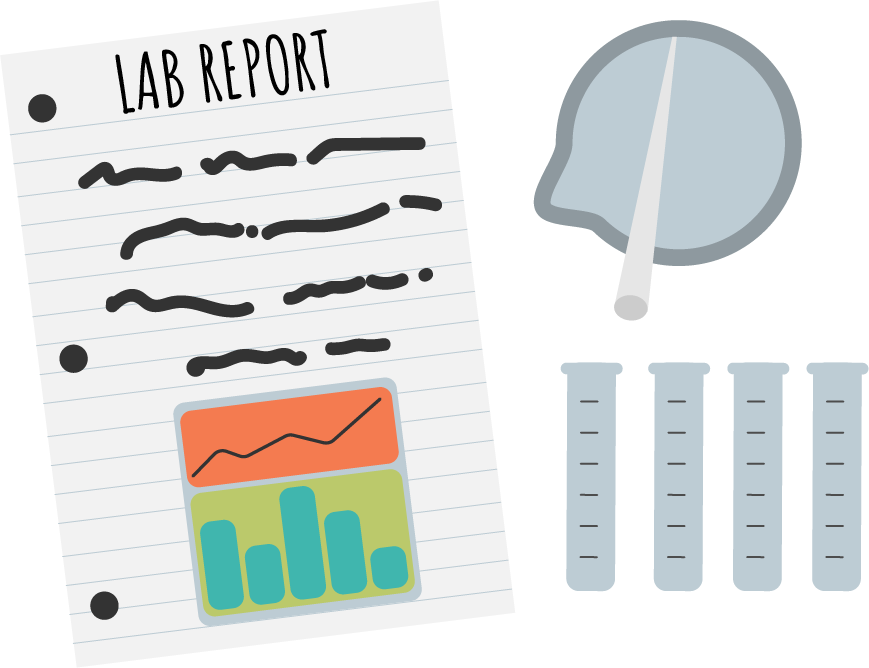Card

R.E.R.U.N.
This strategy helps students set up an organized lab report that allows them to analyze and evaluate the lab they just conducted.
R.E.R.U.N.
Summary
Students can use R.E.R.U.N. to help them organize a lab report. This strategy allows students to take what they have actively learned and put it into words: R=Recall, E=Explain, R=Results, U=Uncertainties, and N=New Things.
Procedure
After students conduct and collect data from an experiment, have them complete the following steps to spell out R.E.R.U.N., writing 2–5 sentences for each letter.
Recall: Students review the steps they took to complete the investigation.
Explain: Students describe the purpose of the lab. (This likely pertains to material covered and discussed before lab day.)
Results: Students draw conclusions based on the data gathered in the investigation. (E.g., the biuret solution turned purple, so the egg is positive for being a protein.) Be sure to emphasize that students are not simply to state their results from their data table or graph—instead, they are to analyze and explain what those results mean.
Uncertainties: Students discuss any errors made, explain why their results might be incorrect, or pose any lingering questions they have. Even if students feel that they did the experiment perfectly, they need to consider possible errors that could have occurred and why.
New Things: Students write two new things they learned. They can share any takeaway from the lab and explain how they might apply it in a real-world scenario.
Keeley, P. (2008). Science formative assessment. Thousand Oaks, CA: Corwin Press. NSTA.




